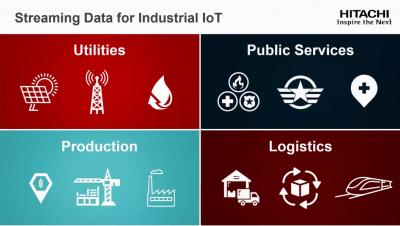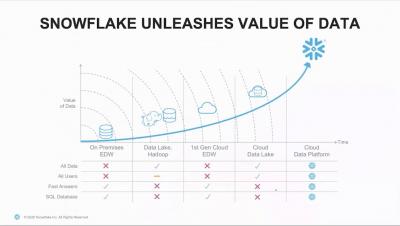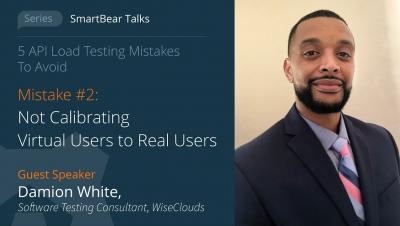Systems | Development | Analytics | API | Testing
%term
Deliver Analytics-Ready Data to the Cloud With Snowflake and Hitachi Vantara
API Load Testing Mistake #2: Not Calibrating Virtual Users to Real Users - @SmartBear Talks
Make Your Keyboard Great Again! - User Story
We are all familiar with this scenario, you work on your training code, fix “all” of the bugs (the ones you know about), wait for a few iterations, see that batch size wasn’t wrong and nothing blows up, and then you happily go home. However, when you come back into the office the next day look at your loss and test accuracy you’re horrified to find that the experiment crashed on the first test cycle because you pointed your test set in the wrong folder 🙁
37 Ways High-Ranking Marketers Improve Their Website Domain Authority
Tracing With Zipkin in Kong 2.1.0
There is a great number of logging plugins for Kong, which might be enough for your needs. However, they have certain limitations: Most of them only work on HTTP/HTTPS traffic. They make sense in an API gateway scenario, with a single Kong cluster proxying traffic between consumers and services. Each log line will generally correspond to a request which is “independent” from the rest.
Node.js Logging: A How-to Guide
When visiting a new website, it is quite normal to get carried away by the bells and whistles of the fancy UI and UX and not be able to appreciate all the lower level, back-end code that runs tirelessly to ensure a smooth and fast website experience. This is because your front-end HTML code has a visually rich browser page interface as a platform to showcase its output. Whereas your back-end, server-side code usually only has a console at its disposal.
10 Reasons Why Test Automation Fails
We know that test automation is expected to make processes faster and easier in software organizations and also to enhance the quality of the software significantly. However, in reality, test automation fails around 64% of the time to deliver according to the expectations as per Cigniti. Here are some of the main reasons why test automation fails for your web automation:
Code coverage and Test Reports coming to Flutter
From now on, you can check code coverage and use the Test Reports add-on with your Flutter apps as well. Woo-hoo! 🎉
Industry Transformation: the new business as usual
The Industry Transformation category at the Data Impact Awards has never been more timely. While the business world is mostly focused on digital transformation, Cloudera and our customers know that true, data-driven change is reshaping whole enterprises and entire industries.











